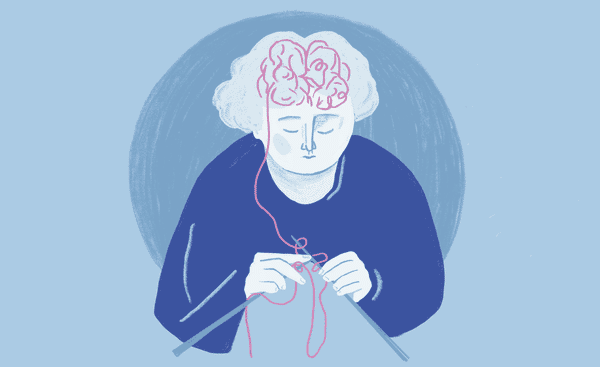Summary of Findings – Curasen therapeutics, Inc
A total of 41 patients were enrolled. Everyone received CST-103 + CST-107 (which we will call “active therapy”) in one treatment period and pills that looked similar to CST-103 and CST-107 but which contained no drug (which we will call “placebo”) in a second treatment period. However, the order of active therapy and placebo was different for different patients and no one, including the participants, doctors and site staff was told which drug was being administered at any time during the study.
The 41 patients who were enrolled included 25 who had Parkinson’s disease and 13 who had Mild Cognitive Impairment and 3 patients with diagnosed dementia. The effects of active therapy were most marked among the 25 participants with Parkinson’s disease, probably because they were the most numerous. Interesting effects were detected among the 13 participants with Mild Cognitive Impairment, but these were not as clearly different from placebo. Interpretations regarding the effect of active therapy in the 2 participants with Parkinson’s disease dementia, and 1 participant with dementia with Lewy bodies are not possible because we had too few patients to draw any meaningful conclusions.
Very interesting results were observed from the responses to the facial recognition task on the iPad. On average, there was an increase in the accuracy with which happy faces were detected while receiving active therapy compared with placebo. Data from previous studies suggest that this may reflect a shift toward a happier, more positive outlook.
We also observed very interesting improvements in performance of different memory tasks. In particular, while receiving active therapy, more of the words in the word lists were remembered. This was true immediately after the word lists were presented and also when recalling the word list after a 45-minute delay.
Treatment with active therapy was generally safe: 77% of patients reported side effects while receiving active therapy compared with 60% while receiving placebo. The most common side effects were headache, tremor, and reddening of the skin. A modest increase in heart rate of about 4 to 6 beats per minute (on average) was also detected. Using the BioStamp device that was worn by study participants at selected sites during the study, we were able to detect that these increases in heart rate were most marked while sleeping. We did not detect any effect of active therapy on the amount of time spent sleeping or moving during the day or night.

